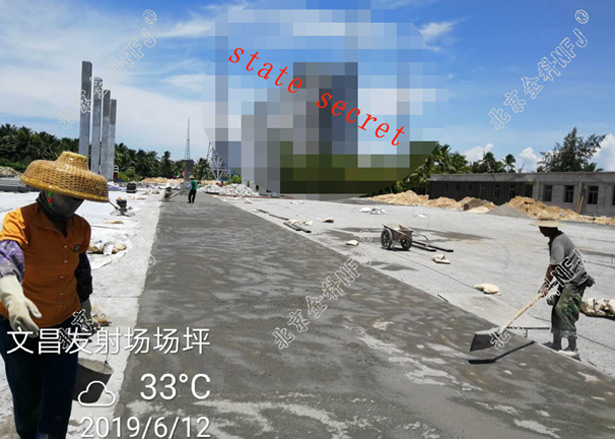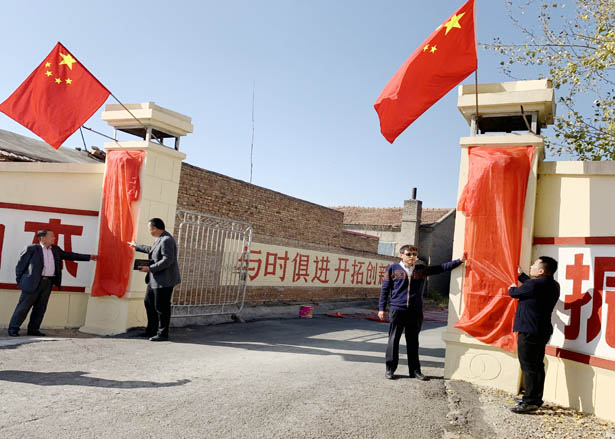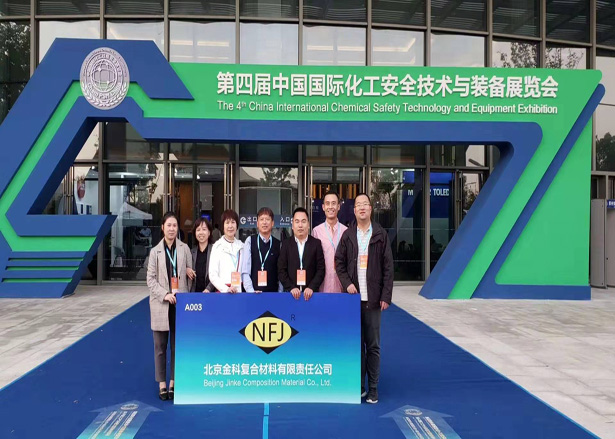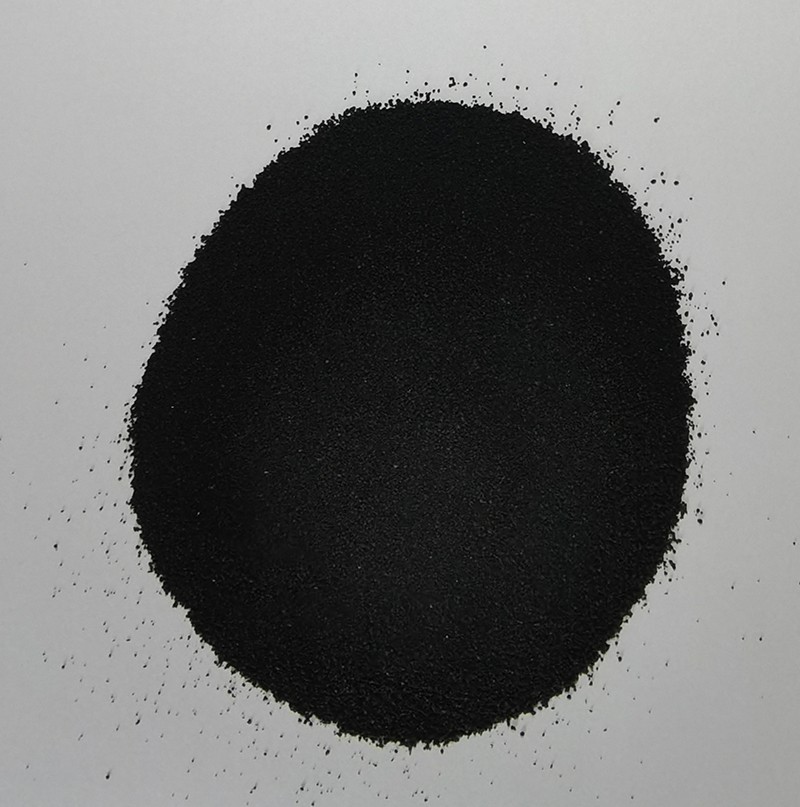## The Mechanics and Advancements of Porous Fiber Reinforcement for Construction
Porous fiber reinforcement is an innovative technology that revolutionizes the construction industry by enhancing material performance and durability. This method employs the incorporation of porous fibers into traditional construction materials, such as concrete and asphalt, creating a composite that is both strong and lightweight. The key components of this system include the porous fibers themselves, binding agents, and specialized manufacturing processes.
The porous fibers used in this reinforcement are typically made from advanced materials like polymer or glass, designed to create microscopic voids within the composite. These voids are crucial; they allow for improved drainage and reduce the overall weight without sacrificing structural integrity. This unique structure mitigates stress concentrations during loads, making the material less prone to cracking and other structural failures.
The working mechanism of porous fiber reinforcement can be outlined in a few steps. Firstly, the fibers are combined with a binding agent, which can be cement, synthetic resins, or other binding materials, to form a slurry. This slurry is then applied to the desired substrate or formed into shapes that represent construction elements, such as beams, slabs, or tiles. As the material cures, the porous structure develops, resulting in a composite that boasts enhanced tensile strength and flexibility.
Advanced technology plays a pivotal role in the efficient production of porous fiber reinforcement. High-precision machinery, such as automated mixing and molding systems, ensures consistent quality and uniform distribution of fibers. Additionally, digital simulation and modeling tools are used for testing and predicting performance under various environmental conditions, leading to superior product designs. These technological advancements not only streamline production processes but also contribute to waste reduction, enhancing the sustainability of construction practices.
A practical application scenario showcases porous fiber reinforcement in the construction of pavements. Traditional methods can lead to cracking and surface degradation over time, largely due to environmental stressors. By integrating porous fiber reinforcement, the pavement exhibits improved flexibility and resistance to cracking, significantly extending its lifespan. This technique is also employed in the manufacture of structural components in high-rise buildings, where lightweight materials can reduce the overall load on foundations.
In conclusion, adopting porous fiber reinforcement technology is critical to modern manufacturing in the construction sector. It not only enhances material performance but also promotes sustainability through efficient production methods. For those interested in sourcing high-quality porous fiber reinforcement materials, we encourage you to contact us, as we are dedicated to connecting you with reliable suppliers who can meet your construction needs.
Show More >>
PRODUCTS
You are welcome to contact us at any time, please write the message here and we will reply you in 24 houre. thanks foryour support.



